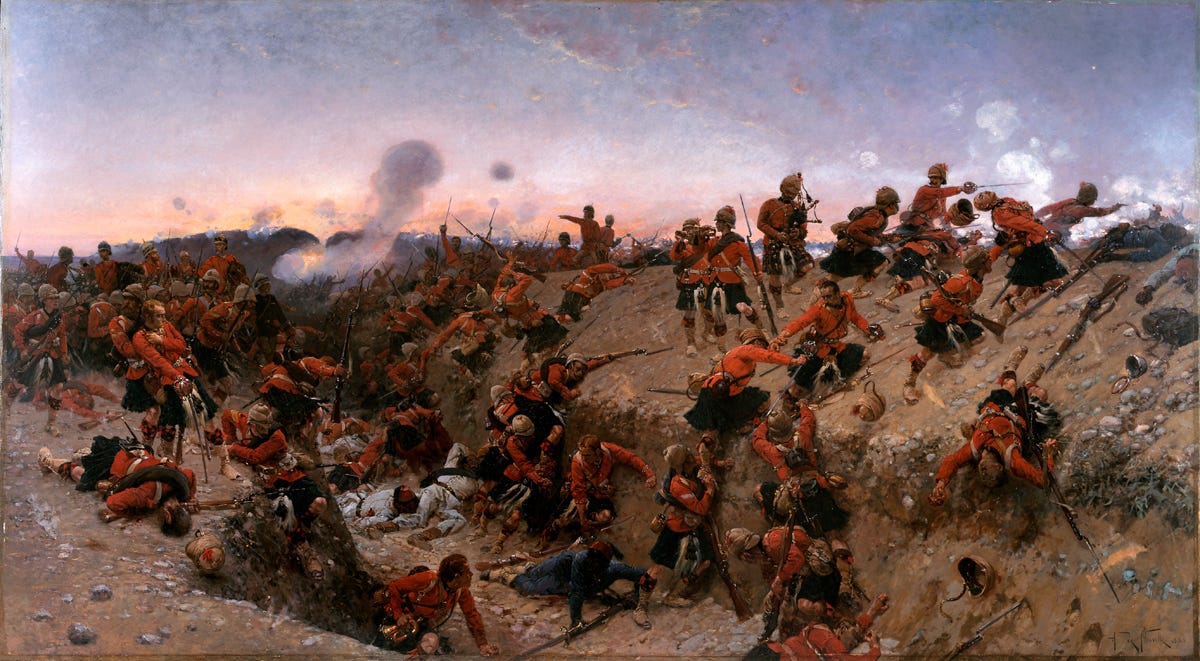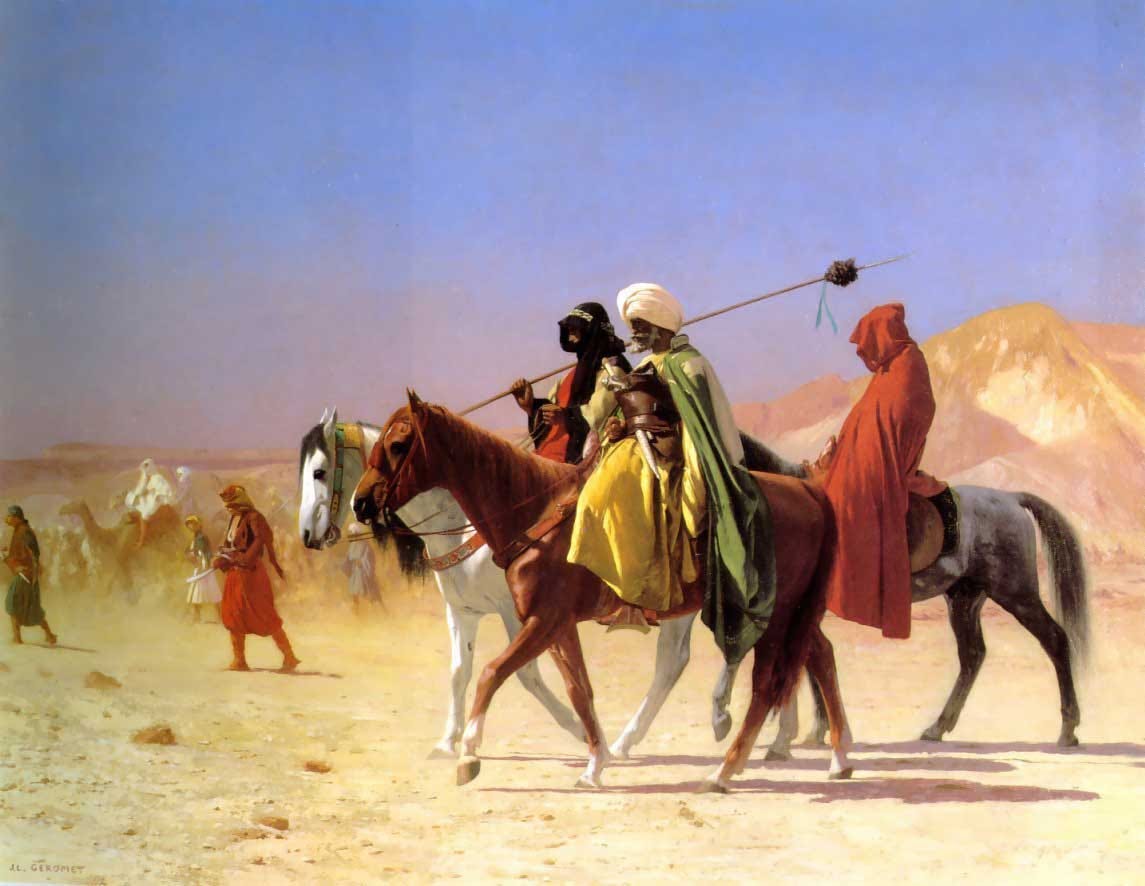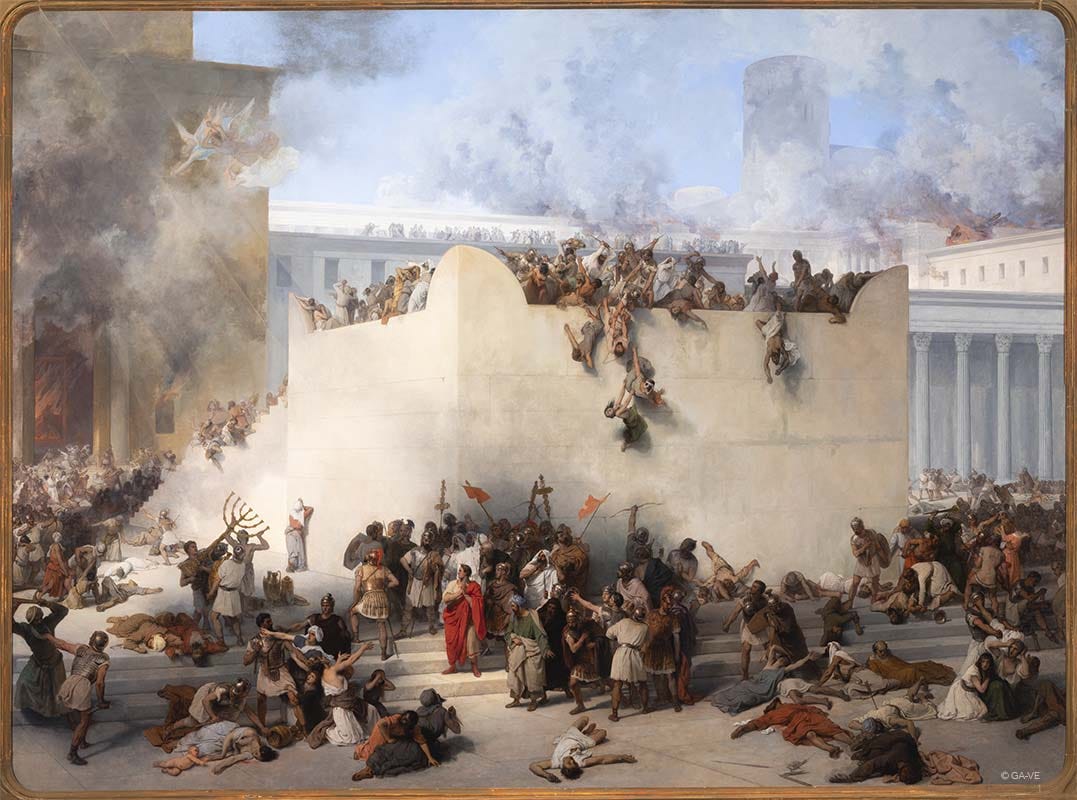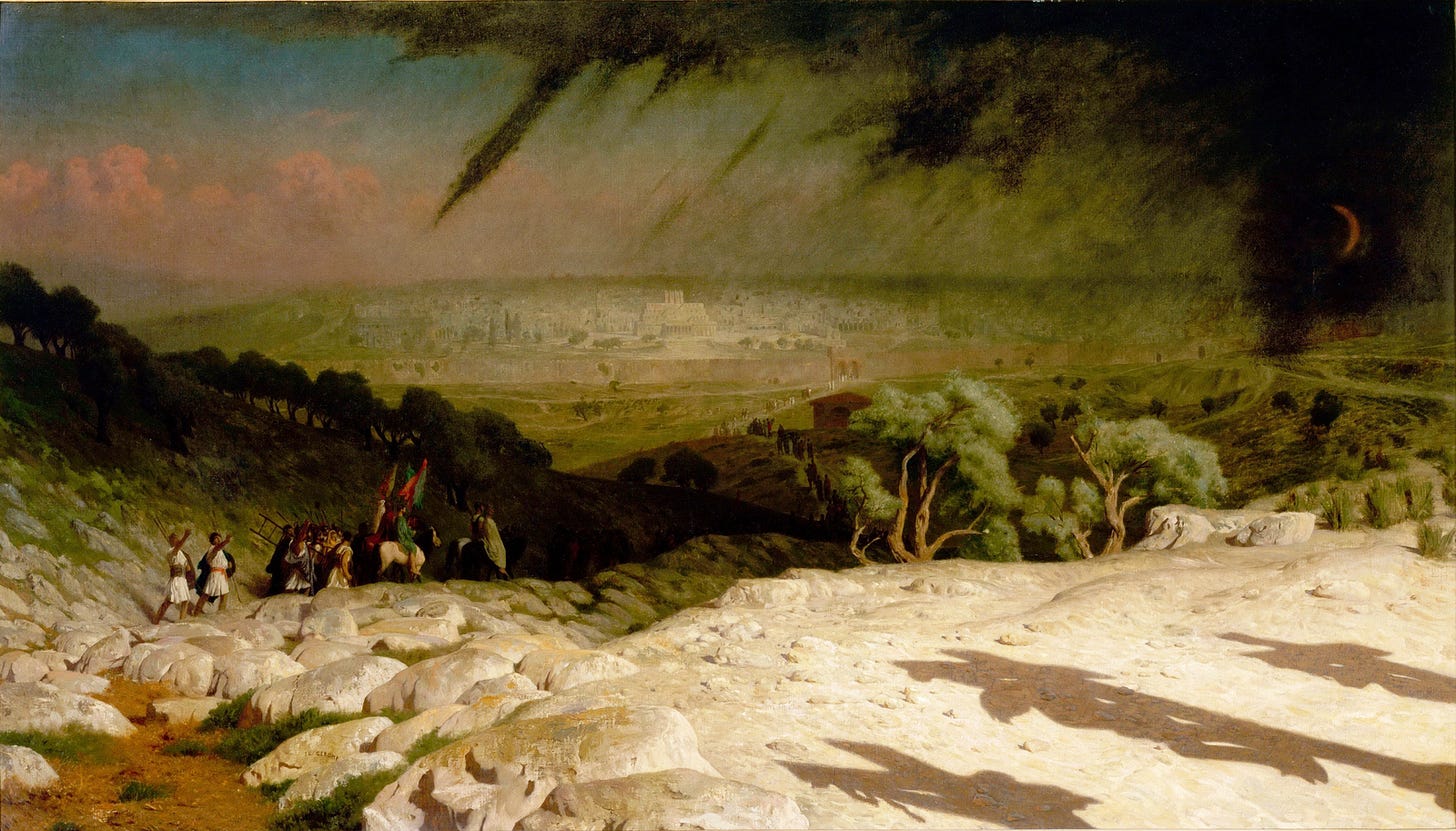How The Balfour Declaration Paved The Way For Israel’s Creation
The long, hard road to the modern state
“His Majesty's Government view with favour the establishment in Palestine of a national home for the Jewish people, and will use their best endeavours to facilitate the achievement of this object, it being clearly understood that nothing shall be done which may prejudice the civil and religious rights of existing non-Jewish communities in Palestine, or the rights and political status enjoyed by Jews in any other country.”
Few other paragraphs have had such historic consequences as this text from the Balfour Declaration, a short statement from the British government that served as modern Israel’s “Declaration of Independence.” The statement, issued by British Foreign Secretary Arthur James Balfour on November 2, 1917 in the midst of the First World War, marked the culmination of efforts by members of the Zionist movement to create a Jewish state.
The Storming of Tel el Kebir, Alphonse-Marie-Adolphe de Neuville, 1883. National War Museum, Edinburgh Castle/Wikimedia.
If Balfour’s statement was the “Declaration of Independence” of modern Israel, then Theodor Herzl was its Thomas Paine. A Jewish writer born in the Austro-Hungarian Empire, Herzl was shocked by the Dreyfus Affair, in which a Jewish officer serving in the French Army was falsely accused of betraying French secrets to their mortal enemy, Germany.
The Dreyfus Affair convinced Herzl that Jews would never be safe anywhere until they had their own state. He published several works promoting this dream, most importantly, Der Judenstaat (“The Jewish State”), in which he laid out his vision, writing:
“The Maccabeans will rise again... The Jews who wish for a State will have it. We shall live at last as free men on our own soil… The world will be freed by our liberty, enriched by our wealth, magnified by our greatness. And whatever we attempt there to accomplish for our own welfare, will react powerfully and beneficially for the good of humanity.”
Herzl was not alone. He recruited many allies to his cause, forming the World Zionist Organization in Basel, Switzerland, in 1897. Herzl fought tirelessly for the establishment of a Jewish State, and though he never saw the fruit of his work, dying in 1904, his work laid the foundation for his successors to build upon.
Arabs crossing the desert, Jean Léon Gérôme, 1870. Wikimedia.
The land called Palestine at that time had known many conquerors since the days of the Old Testament. The Jews had inhabited the region for more than a millennium during Biblical times, creating a mighty, flourishing kingdom under David and Solomon. But the Roman Empire eventually conquered the territory, and, following two great Jewish revolts, crushed or exiled the rebels and renamed the historic land of Judea “Palestine,” after the Jews’ ancient enemies, the Philistines, as a way of pouring salt on the wound.
But despite the Jews’ defeat at the hands of the Roman legions, there remained a Jewish presence in the land. This important minority saw the break-up of the once-mighty Roman Empire, and the resulting rule of the Eastern Roman Empire, or Byzantines, whose influence made Christianity the dominant religion in the region. The Jews then witnessed the Arab conquerors in the 7th century AD, before that ancient land passed to the Crusaders, Ayyubids, Mamelukes, and finally the Ottomans.
The Destruction of the Temple of Jerusalem, Francesco Hayez, 1867. Gallerie dell'Accademia di Venezia/Wikimedia.
More than a decade after Herzl’s passing, the First World War was raging, and the Ottoman Empire was on the brink of defeat. Though the World Zionist Organization had, until then, been officially neutral, some saw an opportunity to finally restore their ancestral homeland. Chaim Weizmann, one of Zionism’s most prominent champions, knew that any future Jewish state would need a great-power backer if Herzl’s plan was to become a reality. The British Empire, currently fighting the Ottomans, one of Germany’s allies in the First World War, was excellently positioned to become that sponsor.
Weizmann was a visionary scientist who invented the “Weizmann Process” to mass produce acetone, a key ingredient in the Allies’ weapons manufacturing. Weizmann had many influential friends in His Majesty’s Government and in the Zionist movement, and his connections, combined with his wartime contributions and relentless lobbying, made him an ideal champion for Zionism.
Weizmann’s work paid off. On November 2, Balfour wrote the declaration that would bear his name. Vladimir Jabotinsky, another influential Jewish nationalist, expressed the views of many when he praised Weizmann’s crucial work: “The [Balfour] declaration is the personal achievement of one man alone: Dr. Chaim Weizmann. . . . In our history, the declaration will remain linked to the name of Weizmann.”
The Syrian Shepherd, Jean Léon Gérôme, 1865. Wikimedia.
Besides Weizmann’s influence, Great Britain had a mix of other motives for supporting the creation of a Jewish state. While certain British politicians, especially Prime Minister David Lloyd George, genuinely believed in helping the Jewish people reclaim their ancestral homeland, the decision wasn’t entirely pure of heart. Britain still had a massive empire to run, and positioning themselves as the new Jewish state’s imperial patron gave them a crucial stake in Palestine, which not only acted as a buffer for the strategically placed Suez Canal, but could serve as a stepping stone to Britain’s chief colony, India.
The Balfour Declaration paved began the road to the creation of a Jewish state, but the road wasn’t smooth. Britain gained control over Palestine following the end of the First World War and the collapse of the Ottomans, and instituted a new regime known as the Mandate of Palestine. Over the next decades, Jewish immigration grew, with Zionist immigrants buying up farmland and turning a backwater region into a flourishing new oasis. But though the Zionists bought up the land peacefully with the voluntary assent of Arab landowners, often paying huge prices, the waves of immigration caused friction with the local Arabs that would lead to several major Arab revolts and anti-Jewish pogroms. Several militant Zionist groups arose as well, often in response, launching attacks on the Arab population and, after the British restricted immigration, the British as well.
Great Britain withdrew in 1948, and almost immediately, the local Arabs and surrounding Arab nations attacked and tried to push the Israelis into the sea. They failed, but since then, Israel has had to defend itself in multiple major wars, up until the present day.
Consummatum Est, Jean Léon Gérôme, 1867. Musée d'Orsay/Wikimedia.
Events had proven Herzl correct. Just a few short decades after his death, the Holocaust showed more than anything else why the Jews needed their own independent state. The necessity of a strong Israel was shown once more on October 7, when Hamas terrorists murdered more than 1,400 Jews, including Holocaust survivors. And lest anyone think the latest attack is somehow isolated, the genocidal statements coming from Hezbollah and Iran and the horrifying spectacle of a mob in Dagestan storming an airport to look for Jewish passengers offer a powerful rebuttal.
The Balfour Declaration was the first stone in the path to the resurrection of a Jewish state. And though that road was long and rocky, it was successfully and painstakingly paved by visionaries like Herzl and Weizmann, and by the sacrifice of the Jewish people who fought and died for their historic homeland–and are still fighting and dying today.










Maybe Israel's "declaration of independence" is not an [insert tortured analogy with the US] but Israel's actual Declaration of Independence from 1948...? Just a thought, LOL